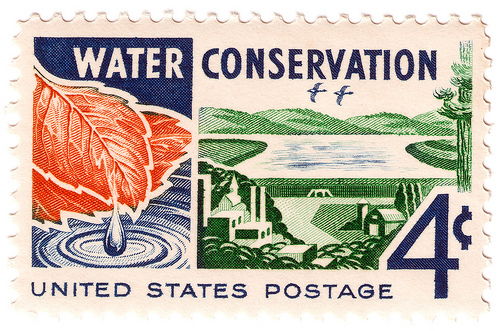Knowledge of the transport patterns of chemicals applied to soils is essential for environmental assessment of potential leaching to groundwater supplies. In this study, the mobility of imidacloprid applied to soils with different properties was investigated.
The approach used was that of a modified miscible displacement, where soil columns under soil water-saturated conditions and constant flow velocity were maintained. The extent of imidacloprid mobility was measured by quantifying the concentration in the effluent solution versus time. All measured breakthrough curves (BTC) exhibited extensive asymmetry with sharp adsorption fronts. Imidacloprid exhibited high mobility in a silty kaolinitic (Mahan) soil, where 69% of the applied chemical was recovered in the effluent solution. In contrast, somewhat limited mobility was observed for Mhoon soil, with a high organic matter content (3.5%), where only 27% of applied imidacloprid was recovered. All BTC exhibited extensive tailing during leaching of the applied imidacloprid, indicative of the time-dependent release reactions of the adsorbed imidacloprid. A decrease in effluent concentration in response to flow interruption was also observed, which indicated kinetic retention of imidacloprid in all soils examined. The use of a linear model (CXTFIT) to simulate measured BTC showed good overall predictions. Concentration maxima and peak arrival time were well predicted by CXTFIT, but the slow release of imidacloprid during leaching was underestimated. The use of a multireaction and transport model proved successful in describing imidacloprid BTC for all soils. Based on measured BTC results, imidacloprid may be considered as a moderately mobile chemical that is susceptible to leaching from the soil profile.
Source: Selim, H. M.; Jeong, Chang Yoo; Elbana, Tamer A. Transport of Imidacloprid in Soils: Miscible Displacement Experiments. Soil Science: August 2010 - Volume 175 - Issue 8 - pp 375-381
http://journals.lww.com/soilsci/Abstract/2010/08000/Transport_of_Imidac…

- Log in to post comments
